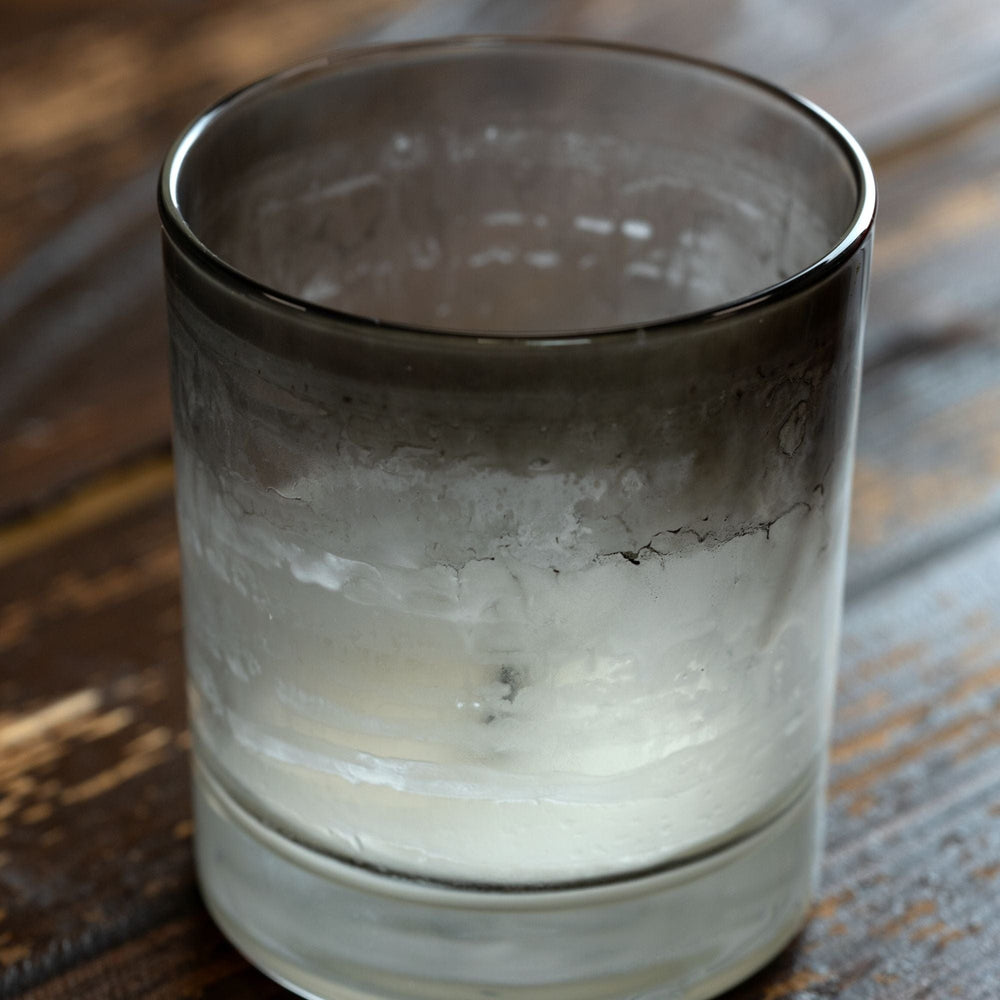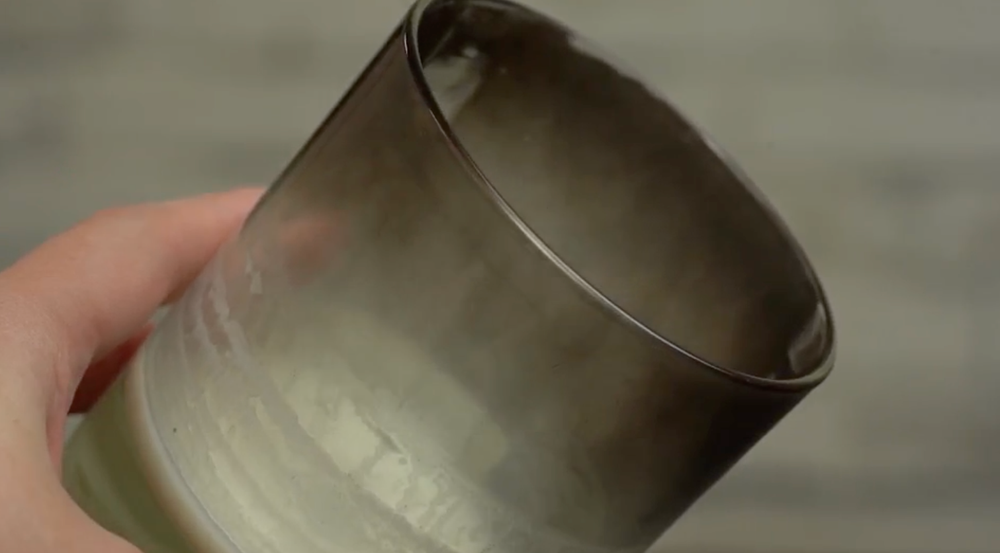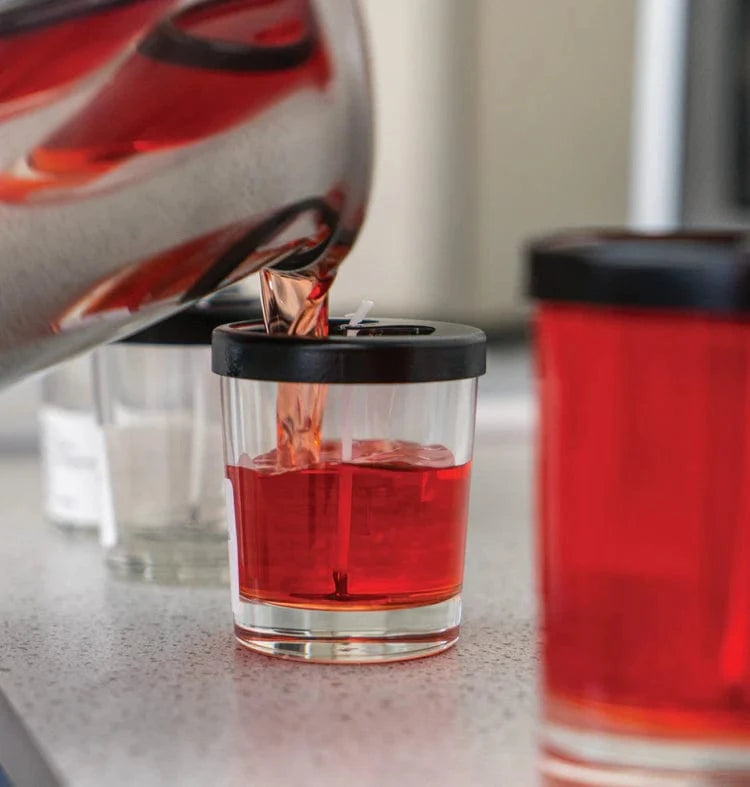Your questions, answered.

Why is my candle giving off soot?
Soot is formed by incomplete combustion of candle wax and fragrance oils, leading to formation of carbon deposits. Sooting will almost always occur, but in varying degrees. It is usually emitted when the flame is disturbed, either by airflow, excess fuel delivery or poor wick posture. Excessive sooting can be avoided by experimenting with different wick families and sizes. Some wick families are more compatible with certain wax types.
How high is too high for candle flames?
A 30cl candle would typically have a flame height of around 30-35mm. For a 20cl candle, the optimum flame height would be around 25-30mm. A candle flame can be as high as 75mm, but a flame of this height would probably fail a sooting behaviour test and would also fail a fire safety test.
How much oil should I use?
Different Jar Sizes
The size of candle glass doesn’t impact the percentage of oil used. The same percentage of oil can be used in candles throughout a series of different sizes, although each differently sized candle will require a different wick.
Different Preferences
The amount of fragrance oil in a candle is decided by the chandler, and is typically based on the cold and hot throw of the candle. Candles containing larger percentages of oil can be more challenging to wick correctly.
Different Waxes
Plant waxes will generally be able to hold more fragrance oil than mineral waxes. Plant waxes can normally accommodate 10 - 12% fragrance oil without difficulty, but the content can be reduced if required. Mineral wax candles can give good cold and hot throw at 8 - 10% but a fragrance content of less than 8% is not uncommon. Candles with fragrance concentrations of more than 14% are very unusual as they can become very expensive. Increasing the quantity of fragrance oil will not guarantee an increase in hot or cold throw.
Wick Selection
The choice of wick will depend on which wax is being used. LX or TG wicks work well with mineral waxes. Stabilo, CL, V, TB, ECO or PGS wicks can be used with mineral or vegetable blends, while VRL wicks are suited to blends containing a high percentage of plant wax. Overwicking can cause larger flames which can then form larger melt pools and generate more soot. Overwicking is the term used to describe the use of a larger wick than necessary for a particular candle.


